The Smith & Nephew Pico 7 System is a portable, user-friendly medical device designed for negative pressure wound therapy. It offers a compact and efficient solution for managing wounds, emphasizing the importance of adhering to the provided instructions for optimal functionality and patient safety.
1.1 Overview of the Pico 7 Device
The Smith & Nephew Pico 7 is a portable, single-use negative pressure wound therapy (NPWT) system. Its compact design and lightweight construction make it easy to use at home or in clinical settings. The device is pre-assembled with a pump, canister, and battery, requiring minimal setup. It operates quietly and provides continuous or intermittent therapy, depending on the patient’s needs. The Pico 7 is designed to promote wound healing by removing fluid and enhancing granulation. Its user-friendly interface and portability make it an ideal solution for managing various wound types effectively.
1.2 Importance of Following Instructions
Adhering to the Smith & Nephew Pico 7 instructions is crucial for ensuring patient safety, optimal device performance, and desired clinical outcomes. Proper use minimizes risks of complications and ensures the system functions as intended. Failure to follow guidelines may lead to device malfunction, incomplete wound healing, or patient harm. Always refer to the provided manual for specific steps, warnings, and precautions. Compliance with instructions also ensures adherence to regulatory standards and manufacturer recommendations, ultimately supporting effective and safe therapy administration.
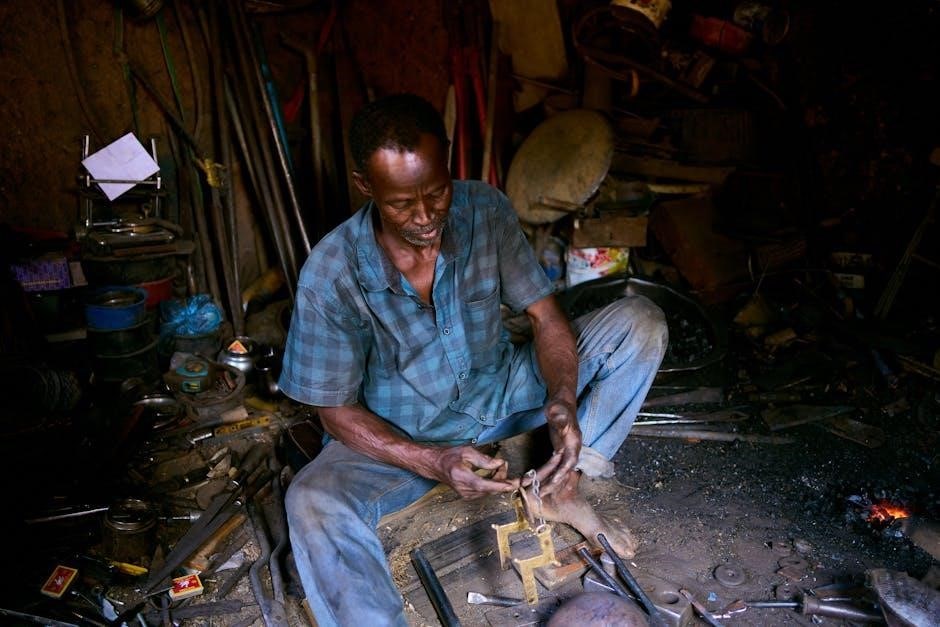
Key Features of the Pico 7 System
The Pico 7 System is a portable, single-use negative pressure wound therapy device, designed for ease of use and patient mobility, offering continuous or intermittent therapy options.
2.1 Design and Components
The Pico 7 System features a compact, lightweight design with a portable pump, dressing kit, and user-friendly interface. Its components include a pressure indicator, therapy status LED, and adjustable settings for personalized care. The device is designed for single-patient use, ensuring convenience and reducing cross-contamination risks. The intuitive controls and clear display simplify operation, while the ergonomic design enhances patient mobility. The system also includes a carry bag for discreet transport, making it ideal for both hospital and home use.
2.2 Advanced Technology and Benefits
The Pico 7 System incorporates advanced negative pressure wound therapy (NPWT) technology, delivering consistent and precise pressure settings. Its proprietary mode enhances wound healing by promoting granulation and reducing fluid. The device operates silently, minimizing noise for patient comfort. The system’s portability and lightweight design allow for increased patient mobility, reducing hospital stays. Customizable settings ensure tailored therapy for various wound types, improving clinical outcomes. These features make the Pico 7 an effective solution for managing chronic and acute wounds, offering both clinical efficacy and patient convenience.
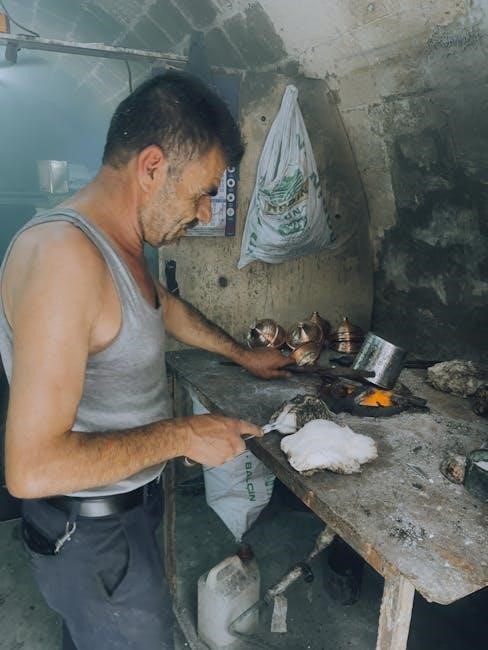
Indications for Use
The Pico 7 System is indicated for use in managing chronic and acute wounds, including diabetic ulcers, venous leg ulcers, burns, and post-surgical wounds, to promote healing.
3.1 Approved Medical Applications
The Smith & Nephew Pico 7 System is FDA-cleared for use in treating a variety of wounds, including diabetic foot ulcers, venous leg ulcers, pressure injuries, and post-surgical wounds. It is designed to manage chronic and acute wounds by applying negative pressure to the wound environment, promoting granulation tissue formation and reducing fluid. The device is suitable for use in both hospital and home care settings, offering a portable solution for continuous or intermittent therapy. Its versatility makes it an effective tool for managing complex wounds that are difficult to heal.
3.2 Patient Eligibility Criteria
Patient eligibility for the Smith & Nephew Pico 7 System is determined based on wound type and patient health. It is suitable for individuals with chronic or acute wounds, such as diabetic ulcers, venous leg ulcers, or post-surgical wounds. Patients must have adequate blood supply to support wound healing and be able to tolerate negative pressure therapy. Contraindications include active cancer, untreated osteomyelitis, or fistulas. A healthcare provider should assess patient suitability, ensuring no underlying conditions that may hinder therapy effectiveness or pose risks. Proper patient selection is critical for optimal outcomes.
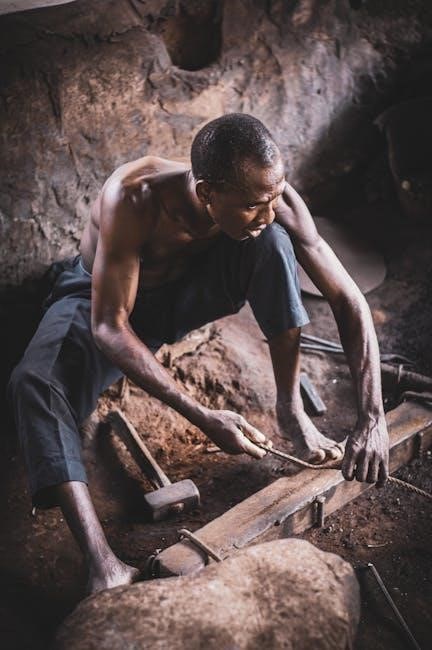
Contraindications
The Pico 7 System is contraindicated for patients with active cancer, untreated osteomyelitis, or fistulas. Use is also prohibited in the presence of necrotic tissue without adequate blood supply or with certain dressing materials incompatible with negative pressure therapy.
4.1 Conditions Where Pico 7 Should Not Be Used
The Pico 7 System is contraindicated in patients with active malignancy, untreated osteomyelitis, or exposed blood vessels, nerves, or organs. It should not be used on necrotic tissue without adequate blood supply or in the presence of fistulas. Additionally, the device is not suitable for wounds with synthetic grafts, direct exposure of the brain or lungs, or when certain incompatible dressings are present. Use is also prohibited in cases where negative pressure therapy is not advised, as specified in the instructions.
4.2 Patient-Specific Contraindications
Certain patient conditions may preclude the use of the Pico 7 System, including severe allergies to device components, active bleeding disorders, or vasculature that cannot tolerate negative pressure. Patients with compromised skin integrity or those unable to tolerate the pressure settings should avoid using the device. Additionally, individuals with implanted electronic devices or those undergoing radiation therapy may be contraindicated. Always consult the full instructions for a comprehensive list of patient-specific contraindications to ensure safe and appropriate use.
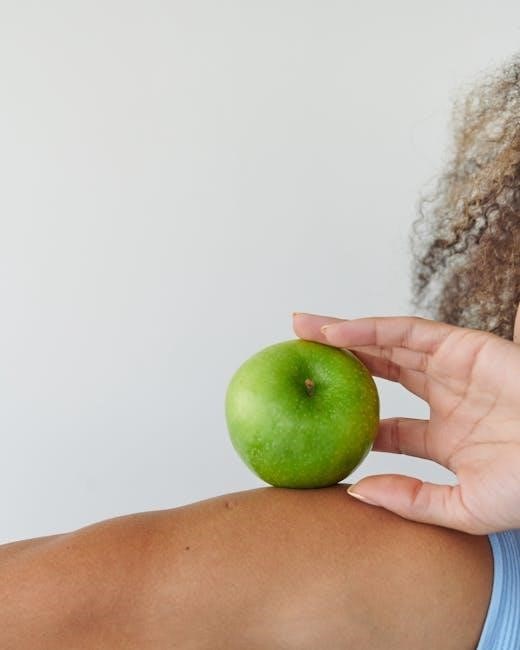
Preparing for Pico 7 Use
Preparing for Pico 7 use involves essential steps and considerations to ensure safe and effective therapy, including reviewing instructions, assessing the patient, and assembling the device correctly with proper wound preparation.
5.1 Preoperative Steps
Preoperative steps for the Pico 7 System include washing hands, preparing the device as per manufacturer guidelines, and assessing the patient’s wound. Ensure the wound is clean, free of necrotic tissue, and suitable for negative pressure therapy. Review the patient’s medical history and current condition to confirm eligibility. Position the patient appropriately to facilitate device application. Disinfect the skin around the wound area. Apply the Pico 7 dressing following the instructions provided. Conduct a final check to ensure proper placement and functionality before initiating therapy.
5.2 Assembling the Device
Assembling the Pico 7 System involves attaching the pump to the base unit and connecting the tubing. Ensure all components are securely fitted. Insert the canister into the designated slot until it clicks. Attach the dressing to the wound, connecting it to the tubing. Power on the device and perform a system check to confirm functionality. Follow the on-screen prompts to set the desired pressure and therapy mode. Double-check all connections before initiating therapy to ensure proper operation and patient safety.
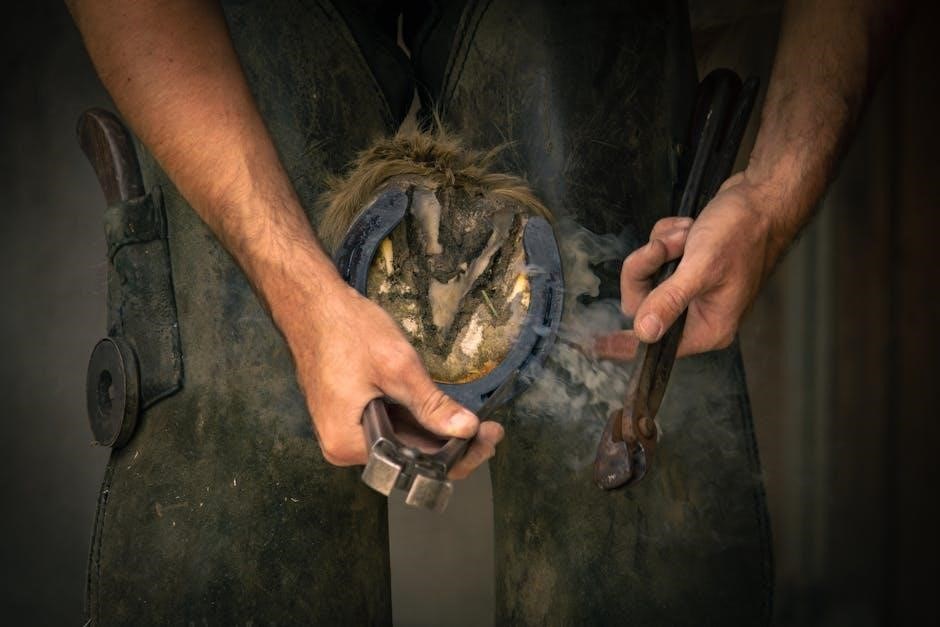
Operating the Pico 7 System
Operating the Pico 7 System involves initializing therapy, monitoring device status, and adjusting settings as needed. Follow the guidelines for effective and safe operation.
6.1 Initiating Therapy
Initiating therapy with the Pico 7 System begins with powering on the device and ensuring all components are properly connected. Once the device is ready, select the appropriate therapy settings based on the wound type and severity. Securely attach the dressing to the wound site, ensuring a tight seal to maintain negative pressure. Press the start button to activate therapy mode. The device will begin operating, providing continuous or intermittent negative pressure as programmed. Always verify device operation and patient comfort before leaving the area.
6.2 Monitoring the Device
Regular monitoring of the Pico 7 System is crucial to ensure proper function and patient safety. Check the device’s display for status updates, alarms, or error messages. Verify that the dressing remains sealed and that the negative pressure is maintained. Listen for alarm sounds indicating issues such as low battery or loss of pressure. Monitor the patient’s comfort and wound condition, addressing any signs of discomfort or complications promptly. Ensure the device is clean and functioning correctly between uses. Refer to the troubleshooting guide if any issues arise during monitoring.
6.3 Adjusting Settings
Adjusting the Pico 7 System settings should only be done by authorized personnel following the provided instructions. Use the control panel to navigate through the menu and select desired options. Adjust pressure levels, alarm volume, or therapy duration as needed. Ensure changes align with the patient’s treatment plan and healthcare provider’s guidance. Confirm all adjustments to save settings and verify proper function. Always monitor the device after making changes to ensure optimal performance and patient comfort. Document any setting modifications for future reference.
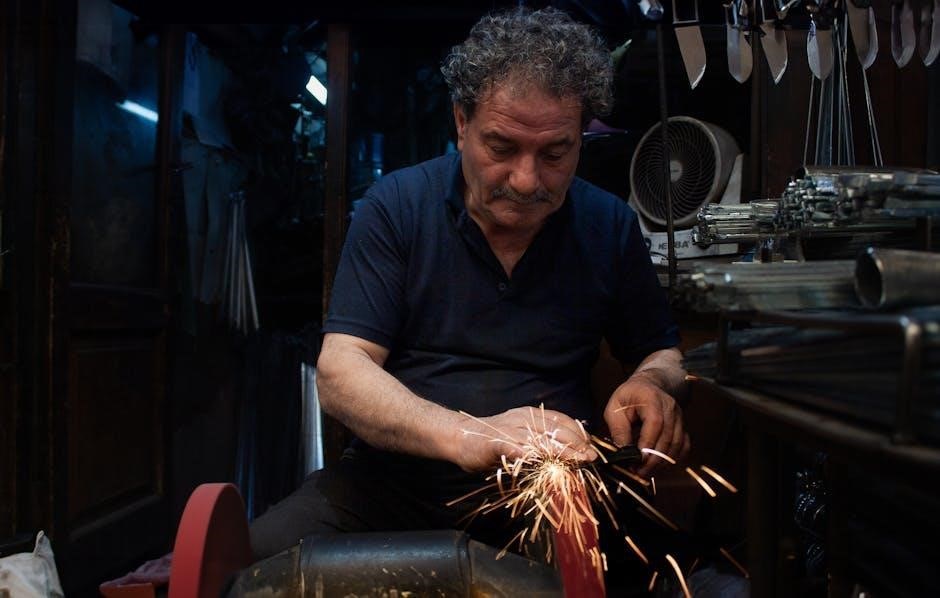
Postoperative Care and Management
Postoperative care involves monitoring the patient and device, ensuring proper wound healing and device function. Follow guidelines for dressing changes, pain management, and patient comfort to optimize recovery.
7.1 Immediate Postoperative Steps
After surgery, ensure the Pico 7 device is properly secured and functioning. Check the dressing for leaks, confirm negative pressure settings, and monitor the patient for discomfort. Document the therapy initiation and patient response. Ensure all connections are secure and the device is powered on. Provide patient instructions for managing the device and reporting concerns; Monitor wound exudate levels and adjust settings as needed. Maintain aseptic technique to prevent infection and ensure continuity of care with follow-up appointments scheduled.
7.2 Ongoing Patient Monitoring
Regularly assess the patient’s wound progress, checking for signs of healing, infection, or complications. Monitor the Pico 7 device’s operation, ensuring consistent negative pressure and proper fluid drainage. Schedule follow-up appointments to evaluate treatment efficacy and make necessary adjustments. Educate patients on recognizing and reporting adverse effects, such as increased pain or device malfunction. Maintain detailed records of wound measurements and therapy outcomes to guide further interventions and optimize healing results.
Troubleshooting Common Issues
Identify and address common issues like alarm activations, fluid leakage, or device malfunction. Refer to the user manual for error codes and corrective actions to ensure proper functionality.
8.1 Identifying Potential Problems
Early detection of issues is crucial for effective troubleshooting. Common problems include alarm activations, low battery warnings, or fluid leaks. Check for blockages in tubing, ensure proper dressing seal, and verify device connections. Monitor error codes displayed on the screen, as they provide specific guidance for resolving issues. Always refer to the user manual for detailed explanations of error messages and recommended solutions to restore proper function and maintain therapy continuity.
8.2 Resolving Device Malfunctions
To address malfunctions, first restart the device by turning it off and on. Check tubing for kinks or blockages and ensure the canister is not full. Verify the dressing seal integrity and confirm proper battery installation. If issues persist, consult the user manual for troubleshooting steps or contact Smith & Nephew support. Regular maintenance and adherence to guidelines can help prevent malfunctions and ensure continuous, effective therapy delivery.
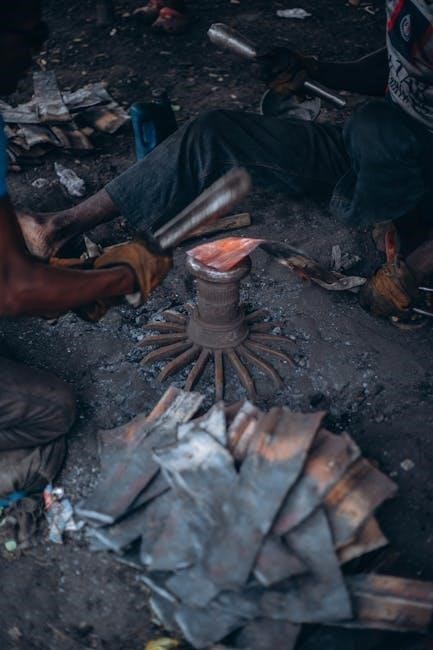
Maintenance and Storage
Regularly clean the Pico 7 System with approved solutions and store it in a dry, room-temperature environment. Always follow manufacturer guidelines for maintenance and storage.
9.1 Cleaning and Disinfecting
Thoroughly clean the Pico 7 System using a soft cloth and mild soap solution. Disinfect with isopropyl alcohol (70%) for non-viable parts. Avoid soaking or using harsh chemicals, which may damage components. Ensure all surfaces are dry before storage to prevent microbial growth. Regular cleaning maintains device performance and prevents contamination. Always follow the manufacturer’s cleaning guidelines to ensure safety and effectiveness.
9.2 Proper Storage Conditions
Store the Pico 7 System in a clean, dry environment at temperatures between 15°C and 30°C (59°F to 86°F) and humidity below 60%. Avoid direct sunlight, moisture, or extreme temperatures. When not in use, keep the device in its original packaging or a protective case to prevent damage. Ensure the battery is charged but not left plugged in for extended periods. Check the battery every six months when stored. Always maintain the unit clean and dry before storage to ensure optimal performance and longevity.
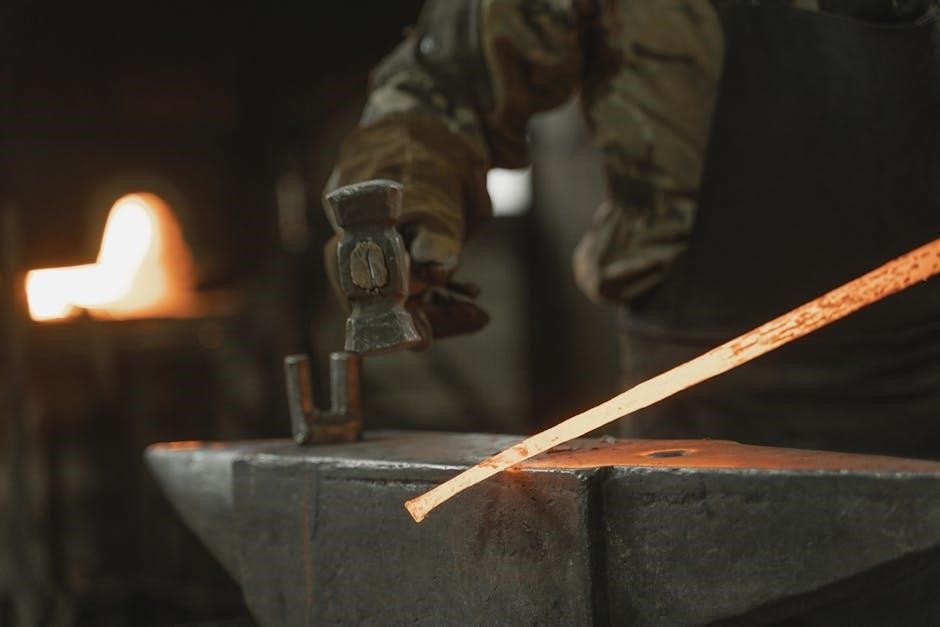
Safety Considerations
Always handle the Pico 7 System with care to avoid damage or injury. Follow all safety guidelines to ensure proper functionality and patient protection during use.
10.1 Patient Safety Precautions
Ensure patient safety by monitoring skin integrity and avoiding pressure on sensitive areas. Verify the device is not used near exposed blood vessels or nerves. Patients with active bleeding, necrotic tissue, or fragile skin require special consideration. Do not apply the device over malignancy or near recent grafts. Always follow contraindications and precautions outlined in the instructions. Educate patients on proper wound care and device handling to minimize risks. Regularly inspect the device and ensure all components are intact before use.
10.2 Handling and Disposal Guidelines
Handle the Pico 7 System with care to avoid damage. Use protective gloves when disposing of biohazardous materials. Dispose of used dressings and canisters according to local biohazard regulations. Return damaged or faulty devices to Smith & Nephew for proper disposal. Recycle batteries and electronic components responsibly. Ensure proper packaging when transporting the device to prevent damage. Follow local and national guidelines for medical device disposal to minimize environmental impact. Always refer to the user manual for specific disposal instructions to ensure compliance with safety standards.
The Smith & Nephew Pico 7 System is an effective, user-friendly solution for wound care. Adhering to its guidelines ensures optimal therapy outcomes and patient safety.
11.1 Summary of Key Points
The Smith & Nephew Pico 7 System is a portable, advanced negative pressure wound therapy device designed for ease of use and effective wound management. Its compact design, intuitive interface, and advanced technology make it suitable for various wound types. Proper preparation, operation, and postoperative care are essential for optimal results. Regular monitoring and adherence to guidelines ensure patient safety and device functionality. Understanding contraindications and troubleshooting common issues enhances the overall user experience. By following the instructions, healthcare providers can maximize the benefits of the Pico 7 System for improved patient outcomes.
11.2 Final Tips for Effective Use
For optimal use of the Smith & Nephew Pico 7 System, ensure proper preparation and adherence to guidelines. Regularly monitor the device and patient response, adjusting settings as needed. Educate patients on their role in maintaining therapy and device care. Always follow safety precautions and troubleshooting steps to address any issues promptly. Keep the device clean and store it correctly when not in use. Stay updated on manufacturer recommendations and training to maximize the system’s benefits and ensure successful patient outcomes.
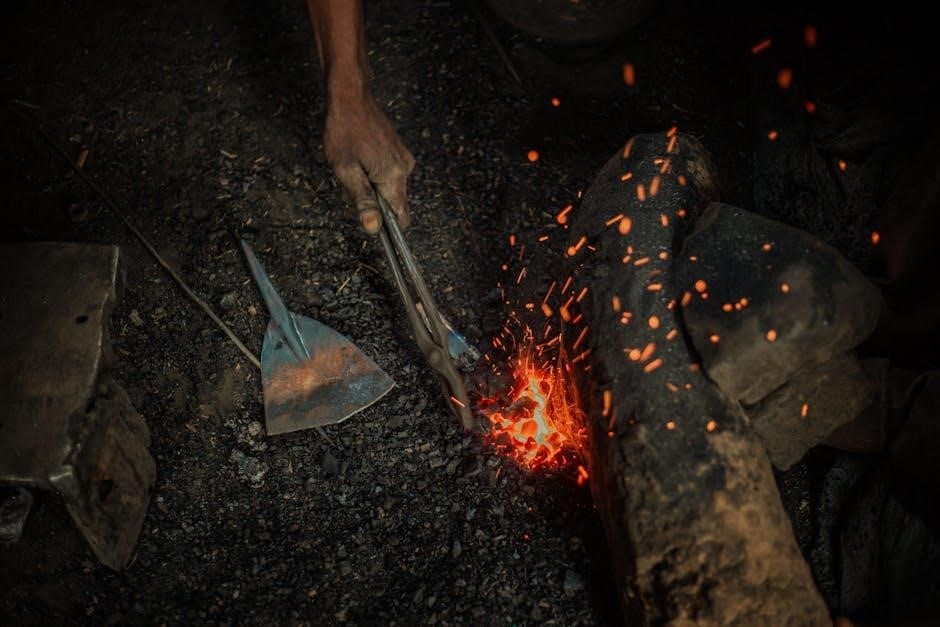
References
Refer to the official Smith & Nephew Pico 7 System user manual for detailed instructions and guidelines. Additional resources include clinical studies, white papers, and training materials provided by the manufacturer. Always consult the latest updates on the Smith & Nephew website or through authorized distributors. For further understanding, review peer-reviewed articles and case studies published in medical journals. Ensure all information is verified through credible sources to maintain accuracy and compliance with medical standards.